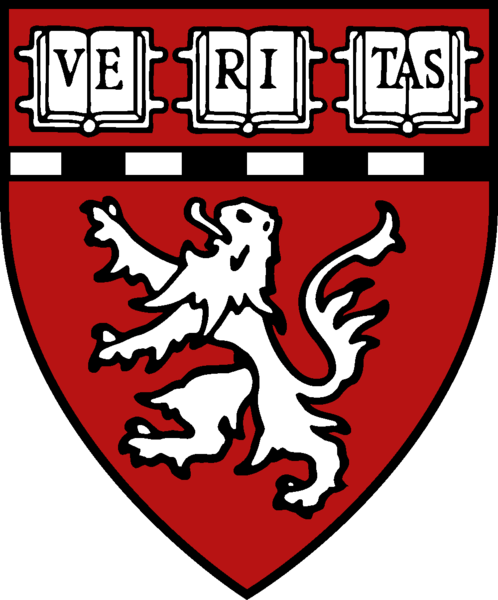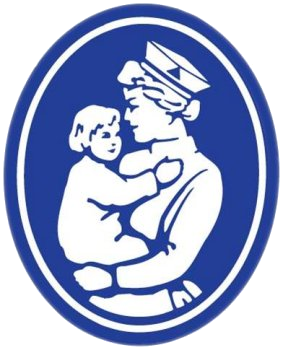


[Note: This class was foremerly called: Neurobiology 301 - Harvard College/Gsas: 8402]
Visual recognition is essential for most everyday tasks including navigation, reading and socialization. Visual pattern recognition is also important for many engineering applications such as automatic analysis of clinical images, face recognition by computers, security tasks and automatic navigation. In spite of the enormous increase in computational power over the last decade, humans still outperform the most sophisticated engineering algorithms in visual recognition tasks. In this course, we will examine how circuits of neurons in visual cortex represent and transform visual information. The course will cover the following topics: functional architecture of visual cortex, lesion studies, physiological experiments in humans and animals, visual consciousness, computational models of visual object recognition, computer vision algorithms.
Location: Biolabs 1058
Topics: Introduction to pattern recognition. Why is vision difficult? Overview of key quesions in the field - Visual Input. Natural image statistics. The retina, LGN and primary visual cortex - Lesion studies in humans and animals - Adventures into terra incognitia: Physiology beyond primary visual cortex - Electrical stimulation in visual cortex and causality - Computational models of visual object recognition - Computer vision and artificial intelligence - Towards understanding subjective visual perception, consciousness and building intelligent machines.
Suggested books:
Ullman S (1996) High-level vision. MIT Press.
Wandell BA (1995) Foundations of vision. Sunderland Sinauer Associates.
Chapula LM and Wener JS (editors) (2003). The Visual Neurosciences. MIT Press.
Other books:
Purves and Lotto. (2003). Why we see what we do. Sinauer Books.
Ripley. Pattern recognition and neural networks (1996). Cambridge University Press.
Rao, Olshausen and Lewicki (eds) (2002). Probabilistic models of the brain. MIT Press.
Koch C (2005) The quest for consciousness. Roberts & Company Publishers.
Regan (2000) Human perception of objects. Sinauer Books.
Dayan and Abbott (2002). Theoretical Neuroscience. MIT Press.